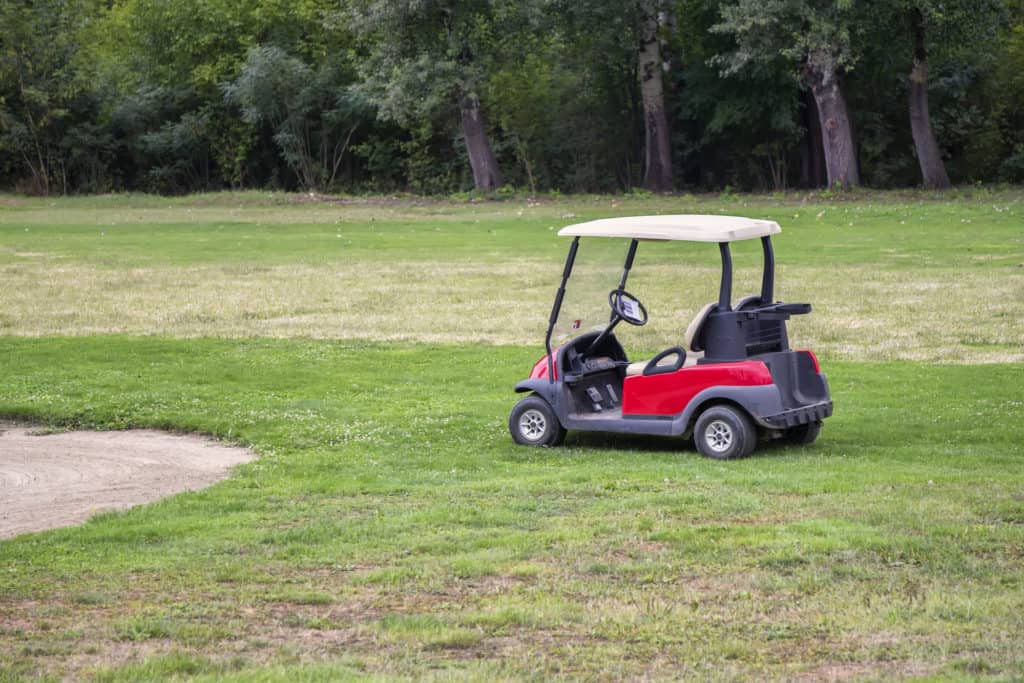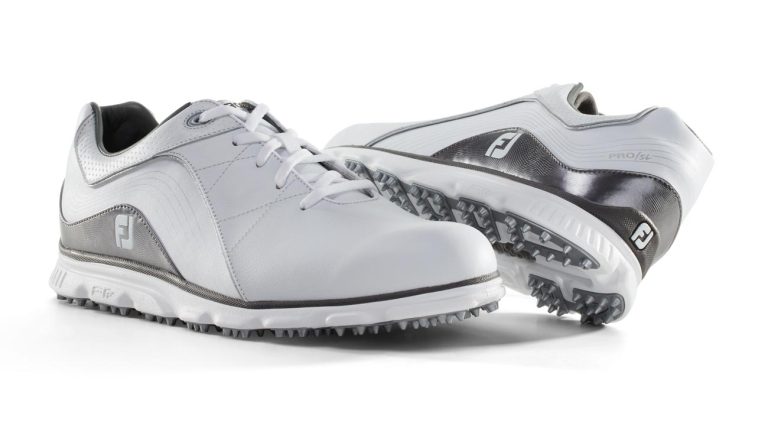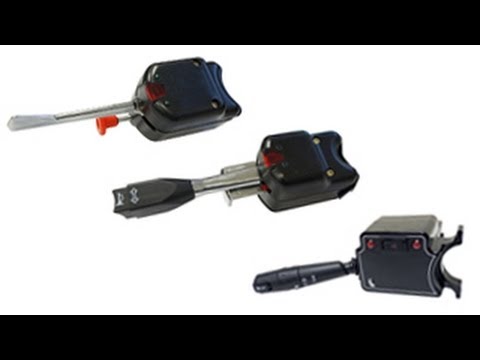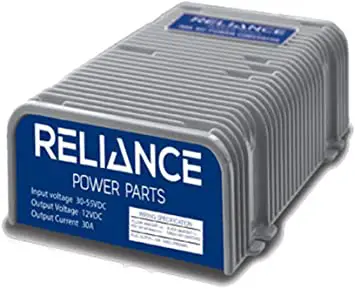Why Does My Golf Cart Click But Won’T Move
Picture this: you hop into your golf cart, ready for a leisurely ride around the course, only to find that it clicks but won’t move. It’s a frustrating situation that many golf cart owners encounter, leaving them puzzled and seeking answers. In this article, we’ll delve into the common causes behind a clicking golf cart that refuses to budge. By gaining insights into these potential issues, you’ll be better equipped to troubleshoot and resolve the problem, getting your golf cart back in motion.
Golf carts have become an essential mode of transportation on golf courses, residential areas, and other recreational spaces. While they are generally reliable, it’s not uncommon for owners to experience a clicking sound when attempting to operate their golf cart, only to find that it remains motionless. This phenomenon raises several questions: What could be causing the clicking noise? Why won’t the golf cart move? In this comprehensive exploration, we will shed light on the possible culprits behind this issue, providing valuable insights to help you diagnose and rectify the problem.
Throughout this article, we will explore a range of potential causes, including battery issues, solenoid malfunctions, controller problems, motor troubles, and mechanical obstructions. By understanding these underlying factors, you’ll be able to address the specific issue plaguing your golf cart and restore its functionality. So let’s dive into the world of golf cart troubleshooting and uncover the reasons behind the frustrating click without movement.

Battery Issues
Batteries are the lifeblood of electric golf carts, providing the power needed to propel the vehicle. When battery-related problems arise, they can manifest as clicking sounds accompanied by the cart’s inability to move. Let’s explore some common battery issues that may be the culprit behind the clicking phenomenon.
Low Battery Charge
A low battery charge is a common cause of a clicking golf cart. If the batteries are not adequately charged, they may not have enough power to engage the motor and move the cart. It’s important to regularly check and maintain your batteries, ensuring they are charged to their full capacity before each use.
To address this issue, plug your golf cart into a reliable charger and allow the batteries to recharge fully. This process may take several hours, depending on the battery capacity and charger specifications. Once fully charged, attempt to operate the cart and observe if the clicking noise persists.
Faulty Battery Connections
Another potential culprit behind the clicking sound is faulty battery connections. Over time, battery cables can become loose or corroded, impeding the flow of electricity from the batteries to the motor. This interruption in the electrical circuit can result in a clicking sound without the cart moving.
To resolve this issue, inspect the battery connections for any signs of corrosion or looseness. Clean the terminals and connectors with a battery terminal cleaner or a mixture of baking soda and water. Ensure that the connections are secure and tight, allowing for proper electrical conductivity.
Defective or Worn-out Batteries
Batteries have a limited lifespan, and as they age, their performance diminishes. If your golf cart’s batteries are old or defective, they may not hold a charge or provide sufficient power to move the cart. This can lead to clicking noises and an immobile vehicle.
If you suspect that your batteries are the issue, it’s advisable to have them tested by a professional. They can assess the battery health and determine if replacement is necessary. Investing in high-quality, reliable batteries will ensure the longevity and optimal performance of your golf cart.
Solenoid Malfunction
The solenoid plays a crucial role in the electrical system of a golf cart. It acts as a switch, controlling the flow of electricity from the batteries to the motor. When the solenoid malfunctions, it can result in a clicking sound without the cart moving. Let’s explore some potential solenoid issues that may cause this problem.
Stuck Solenoid Contacts
One common solenoid issue is stuck contacts. Over time, the contacts within the solenoid can become dirty or corroded, preventing proper electrical connections. This can lead to the clicking sound you hear when attempting to operate the golf cart.
To address this issue, you can try tapping the solenoid gently with a mallet or a similar tool. This may help free up the contacts and restore proper functionality. If the problem persists, it’s advisable to have a professional inspect and potentially replace the solenoid.
Burned-out Solenoid Coil
Another potential solenoid problem is a burned-out coil. The coil within the solenoid may deteriorate over time due to excessive heat or electrical overload. When the coil is damaged, it can prevent the solenoid from engaging, resulting in a clicking noise without any movement.
If you suspect a burned-out solenoid coil, it’s best to have it replaced by a qualified technician. They will ensure that the new solenoid coil is properly installed and functioning, restoring the cart’s ability to move smoothly.
Faulty Solenoid Wiring
In some cases, the issue may lie in the wiring connected to the solenoid. Loose or damaged wiring can disrupt the flow of electricity, leading to a clicking sound and an immobile golf cart.
Inspect the solenoid wiring for any signs of damage, such as frayed wires or loose connections. Ensure that all connections are secure and free from corrosion. If you identify any issues, it’s crucial to have a professional electrician or technician address the wiring problem to restore the cart’s functionality.
Controller Problems
The controller of a golf cart serves as the “brain” of the electrical system, regulating the power flow from the batteries to the motor. If the controller malfunctions, it can cause a clicking sound and prevent the cart from moving. Let’s explore some potential controller-related issues that may be at play.
Faulty Throttle Signal
A faulty throttle signal can result in the clicking sound and immobility of the golf cart. The throttle controls the speed and direction of the vehicle, and if the controller doesn’t receive the correct throttle input, it may not engage the motor properly.
Inspect the throttle wiring and connections to ensure they are intact and properly connected. If you suspect a faulty throttle, it’s advisable to have a professional technician test and potentially replace the throttle sensor or related components.
Damaged or Worn-out Controller Components
Over time, the components within the controller can wear out or become damaged, leading to a malfunction. This can cause a clicking sound and prevent the cart from moving.
If you suspect controller issues, it’s best to have a professional technician assess and repair the controller. They have the expertise to diagnose the specific problem and replace any worn-out or damaged components, restoring the proper functioning of the golf cart.
Controller Programming or Calibration Errors
In some cases, the issue may not be a malfunctioning controller but rather programming or calibration errors. Golf carts with advanced controller systems require proper programming and calibration to operate correctly. If these settings are incorrect, it can result in a clicking noise and lack of movement.
Consult the golf cart’s manual or contact the manufacturer for guidance on programming and calibration procedures. Ensure that the settings are correct and aligned with the specifications provided. If you’re unsure or if the issue persists, it’s advisable to seek professional assistance to resolve the programming or calibration errors.
Motor Troubles
The motor of a golf cart is responsible for propelling the vehicle. If the motor encounters problems, it can lead to a clicking sound without any movement. Let’s explore some potential motor-related issues that may cause this problem.
Motor Brushes or Commutator Issues
The motor brushes and commutator play a crucial role in the motor’s functionality. Over time, the brushes may wear out or become stuck, and the commutator may become dirty or damaged. These issues can prevent the motor from engaging, resulting in a clicking noise.
Inspect the motor brushes for wear or damage. If necessary, replace them with new ones. Additionally, clean the commutator carefully using a commutator cleaning tool or a fine-grit sandpaper to remove any debris or buildup. Proper maintenance of the motor components can help restore the cart’s mobility.
Faulty Motor Connections
Loose or faulty connections between the motor and the controller can result in a clicking sound and prevent the golf cart from moving. It’s important to ensure that the wiring and connections between the motor and the controller are secure and properly connected.
Inspect the motor connections for any signs of looseness or corrosion. Tighten any loose connections and clean any corroded terminals. By ensuring a solid and reliable electrical connection, you can eliminate the clicking issue and restore the cart’s mobility.
Motor Controller Failure
In rare cases, the motor controller itself may be the source of the problem. A malfunctioning motor controller can prevent the motor from receiving the necessary signals to initiate movement, resulting in a clicking sound without any forward or backward motion.
If you suspect a motor controller failure, it’s best to have it inspected and replaced by a professional technician. They have the expertise to diagnose the specific issue and ensure that the new controller is properly installed and programmed.
Mechanical Obstructions
Sometimes, the issue may not be electrical but rather mechanical obstructions that prevent the golf cart from moving despite the clicking sound. Let’s explore some potential mechanical obstacles that may be causing the problem.
Jammed or Misaligned Brake System
A jammed or misaligned brake system can prevent the golf cart from moving even if the motor is functioning correctly. The brakes may be engaged, causing resistance and resulting in the clicking sound.
Inspect the brake system for any signs of obstruction, such as debris or misaligned brake pads. Clear any obstructions and ensure that the brake pads are properly aligned and not excessively worn. This will allow the cart to move freely without any interference from the brakes.
Wheel or Axle Issues
Issues with the wheels or axles can also hinder the movement of the golf cart. If a wheel is damaged or seized, it can prevent the cart from rolling smoothly, leading to the clicking sound.
Inspect the wheels and axles for any signs of damage or misalignment. Rotate each wheel and check for any resistance or abnormal movement. If you identify any issues, it’s advisable to have a professional technician assess and repair the wheels or axles as needed.
Transmission or Differential Problems
In rare cases, transmission or differential problems may be the cause of the clicking sound and immobility. These issues typically require professional diagnosis and repair, as they involve intricate components within the golf cart’s drivetrain.
If you suspect a transmission or differential problem, it’s best to consult a qualified technician or bring the cart to a reputable golf cart repair shop. They will have the expertise to diagnose and address any mechanical issues, ensuring that the cart can move smoothly once again.
Conclusion
Experiencing a clicking sound when your golf cart refuses to move can be frustrating, but understanding the potential causes can help you troubleshoot and resolve the issue. Battery issues, solenoid malfunctions, controller problems, motor troubles, and mechanical obstructions are common culprits behind this problem.
By following the troubleshooting steps outlined in this article, you can identify and address the specific issue affecting your golf cart. However, it’s important to exercise caution and prioritize safety. If you’re unsure or uncomfortable with performing any repairs yourself, it’s best to seek professional assistance from a qualified technician or a reputable golf cart repair shop.
Regular maintenance, including proper battery care, electrical system inspections, and mechanical checks, can help prevent issues that may lead to a clicking golf cart. By staying proactive and addressing any problems promptly, you can keep your golf cart in optimal condition and enjoy uninterrupted rounds on the course.





